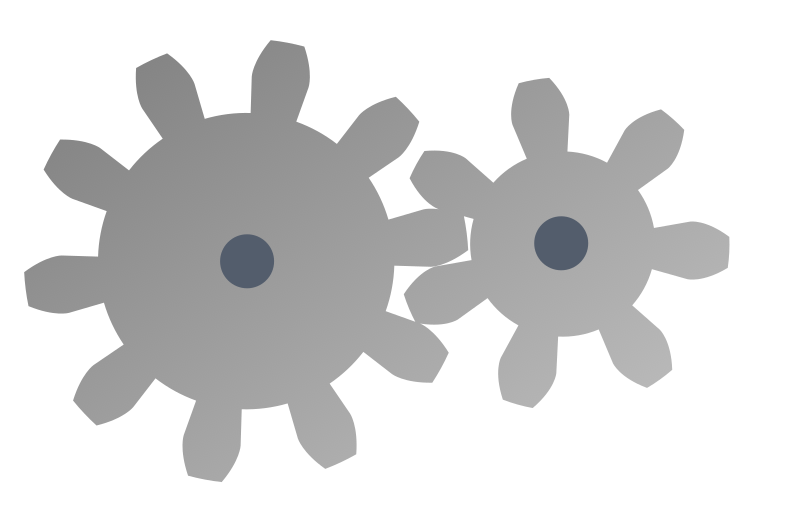There are two types of EDMs, the first is the sinker EDM and the second are wire EDMs. EDMs have a higher precision than ordinary CNC machines. This is due to the fact that EDMs are not subjected to the mechanical forces of conventional machining. The EDM’s electrode is not subjected to any physical forces.
EDM electrode selection and fabrication
The material that the electrode is fashioned from is very important, the two most common types of materials used for the fabrication of an electrode are graphite and copper, these are also the two best materials, copper is the most conductive, and graphite is able to withstand higher temperatures than other materials, as well as its easy machinability. Another material that is often used is tungsten, tungsten is also able to withstand very high temperatures.
Metallic substances that can be used copper, brass/zinc, telluride copper, copper tungsten, silver tungsten, tungsten, etc.
The types of graphites that can be used are straight graphites and infiltrated graphites.
The advantages of graphites are their resistance to wear while machining, graphite is quick and easy to machine, and graphite electrodes have a high metal removal rate.
The advantages of metal electrodes are their low cost, their high strength, they are safe to machine, they can also have a mirror finish.
Electrode fabrication
Copper electrodes are difficult to machine, copper is soft and very gummy when compared to other materials. Tellurium is often added to copper, which is called Telco, to help in the machining process of the electrode.
Graphite electrodes can be easily machined using ultrasonic machining. Graphite can be machined using conventional machining techniques, but caution needs to be taken to avoid unwanted chipping of the graphite electrode.
Flushing
Flushing of the work piece is essential to EDM machining, the debris created from the EDM machining process need to be flushed away, to continue the machining process. Flushing also allows for the work piece to be cooled.
The EDM Machining Process
The gap between the work piece and the EDM’s electrode is very important there must be a gap when machining to prevent the EDM from shorting out and allow for flushing of the work piece. The gap between the work piece and the electrode is determined by the surface area of the electrode and the amount of current being used in the EDM machining process. Higher currents are used for the roughing process, and lower currents are used for the finishing machining process.

